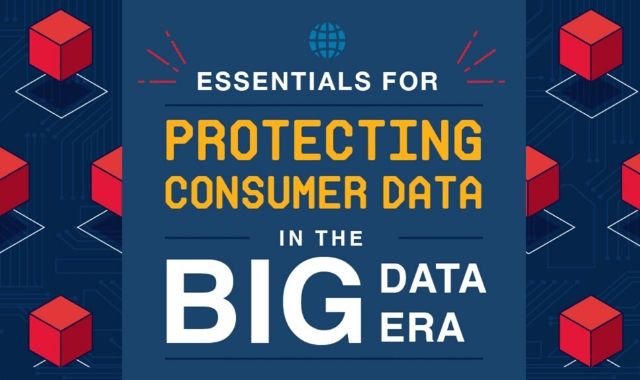Living in an age of overwhelming data and information, it is pretty obvious that one needs to go out of their way to protect the privacy of others. With so many incidents of cyberattacks going on, it only makes sense that cybersecurity measures are being taken drastically. People fall prey to cyberattacks on a daily basis and it is not just big organisations that are being targeted by cybercriminals but small businesses and organisations make for easy targets as well.
Let's first make sense of what big data actually is. Big data is more about data that is crucial to an organisation on a daily basis, and it does not always necessarily have a huge volume. Such data is under threat when appropriate cybersecurity measures aren't taken. Examples may include infrequent change of passwords by employees, carelessly sharing personal details internally or externally, and so on. Many products and services operate online, therefore they have a lot of consumer data to handle.
The most basic example of cybercrime is hacking. Other examples may include phishing, which involves taking advantage of a user's personal details and exploiting them for personal gains, that is, fraud involving loot and theft of up to millions of cash. Phishing emails usually go by a recipient name that is familiar to a famous organisation, so as to make the recipients fall into the trap easily. The emails include offers and services and a link, which can lead to a website page acquiring sensitive details like debit card number, SIM number and so on.
Also See: Cybersecurity Best Practices and Risks That Every Enterprise Should Know #infographic
So there are many types of cyberattacks and it also depends whether there is one person involved behind the attack or an entire gang. In order to protect consumer data, organisations have a dedicated cybersecurity department for the said purpose and even dictate how consumer and user data will be protected in a privacy policy document. The infographic below shall provide further insight into the world of cybersecurity, the types of cyberattacks, and how consumer data can be protected.
Infographic by: OhioUniversity


